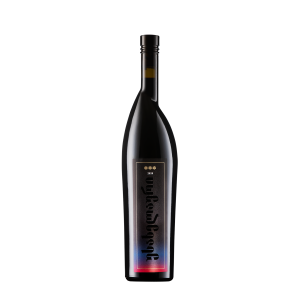
Okureshuli
Usakhelauri
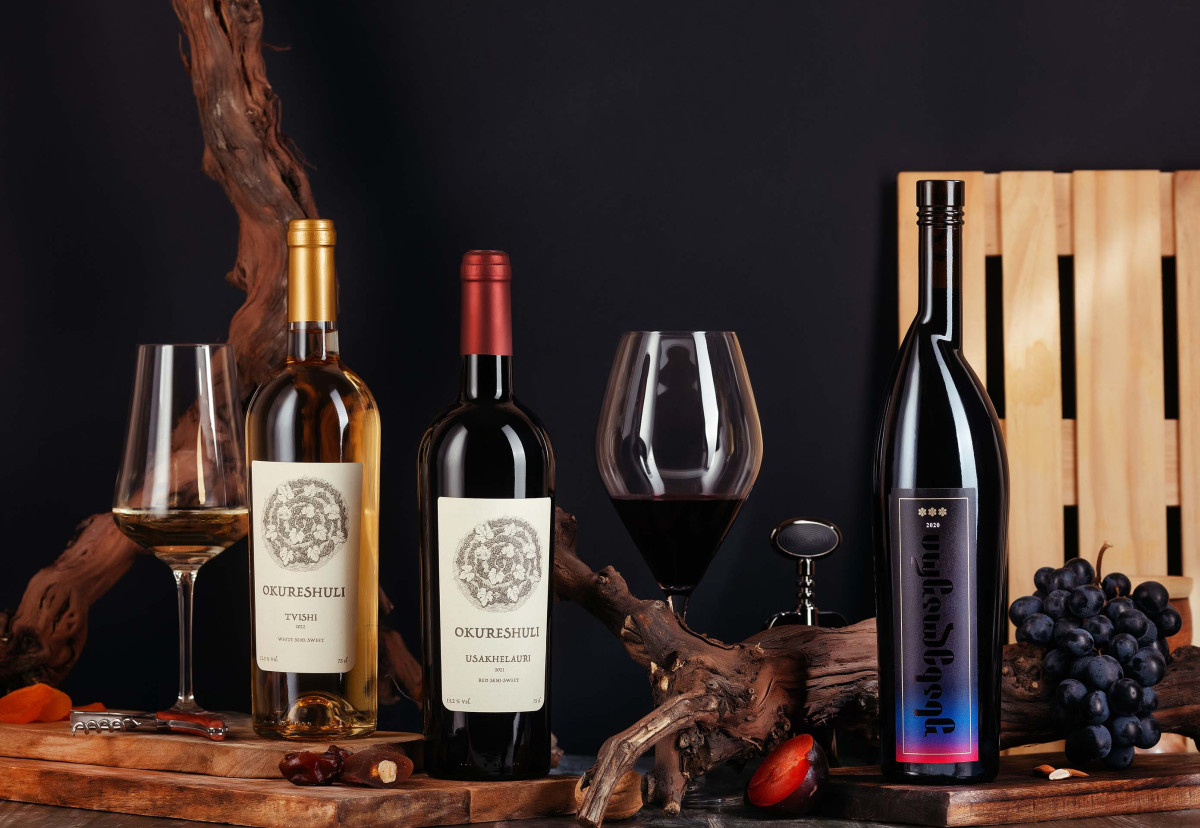
Georgia, a cradle of wine and culinary wonders, offers an intricate tapestry of flavors and aromas. With its wide array of wines, Georgia ensures that every palate, from the novice to the connoisseur, finds its match. Equally diverse is Georgian cuisine, a culinary journey that spans fresh vegetables, delectable baked goods, and hearty meat preparations, each having its own regional signature. Let’s not forget the time-honored Georgian traditions of aging products, like their cheeses, hams, and dried fruits, which further elevate the country's gastronomic profile.
In the heart of this culinary realm, the magic lies in pairing the right wine with the perfect dish. We will delve deep into the harmonious relationship between Lechkhumian wine and its culinary partners.
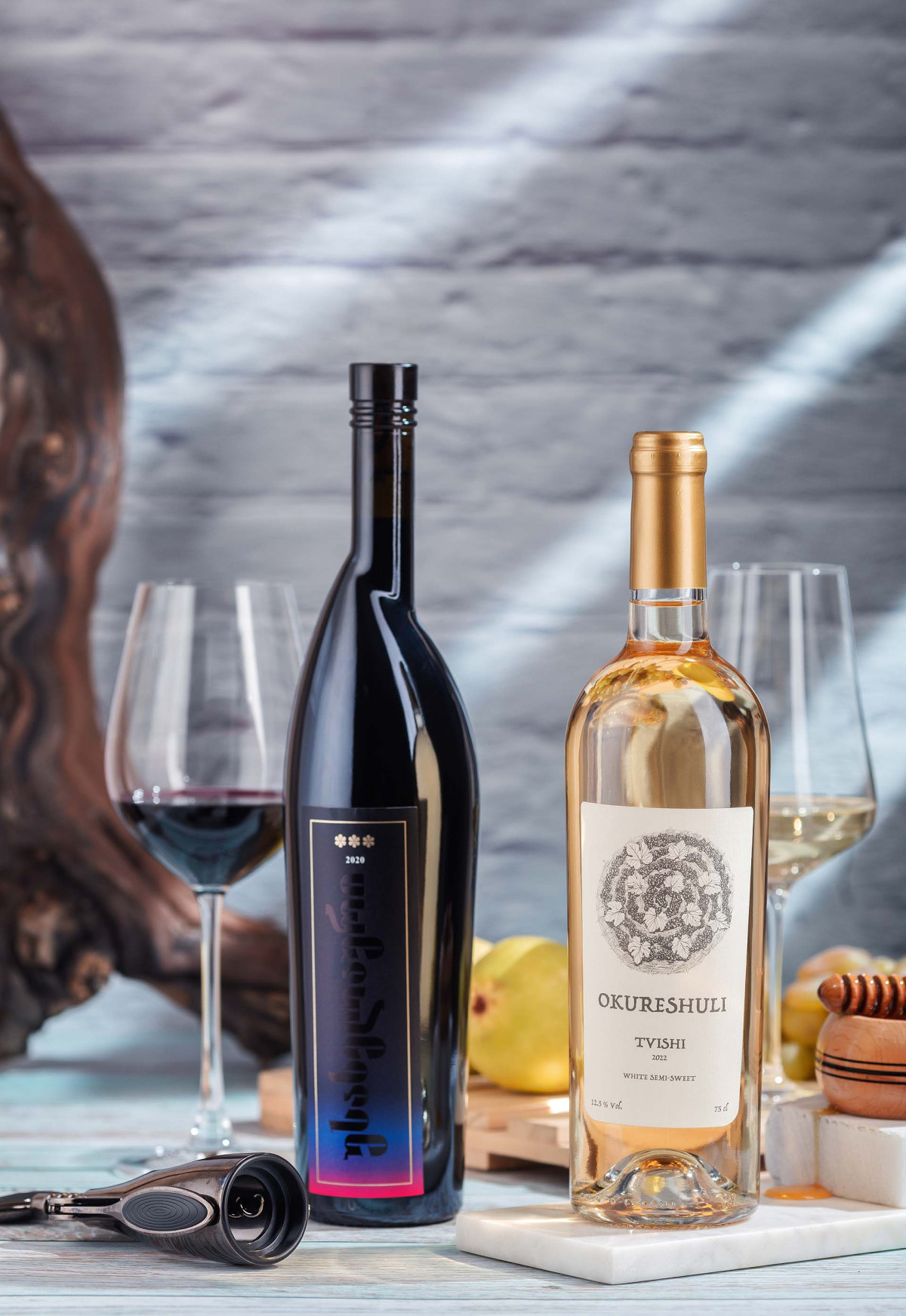
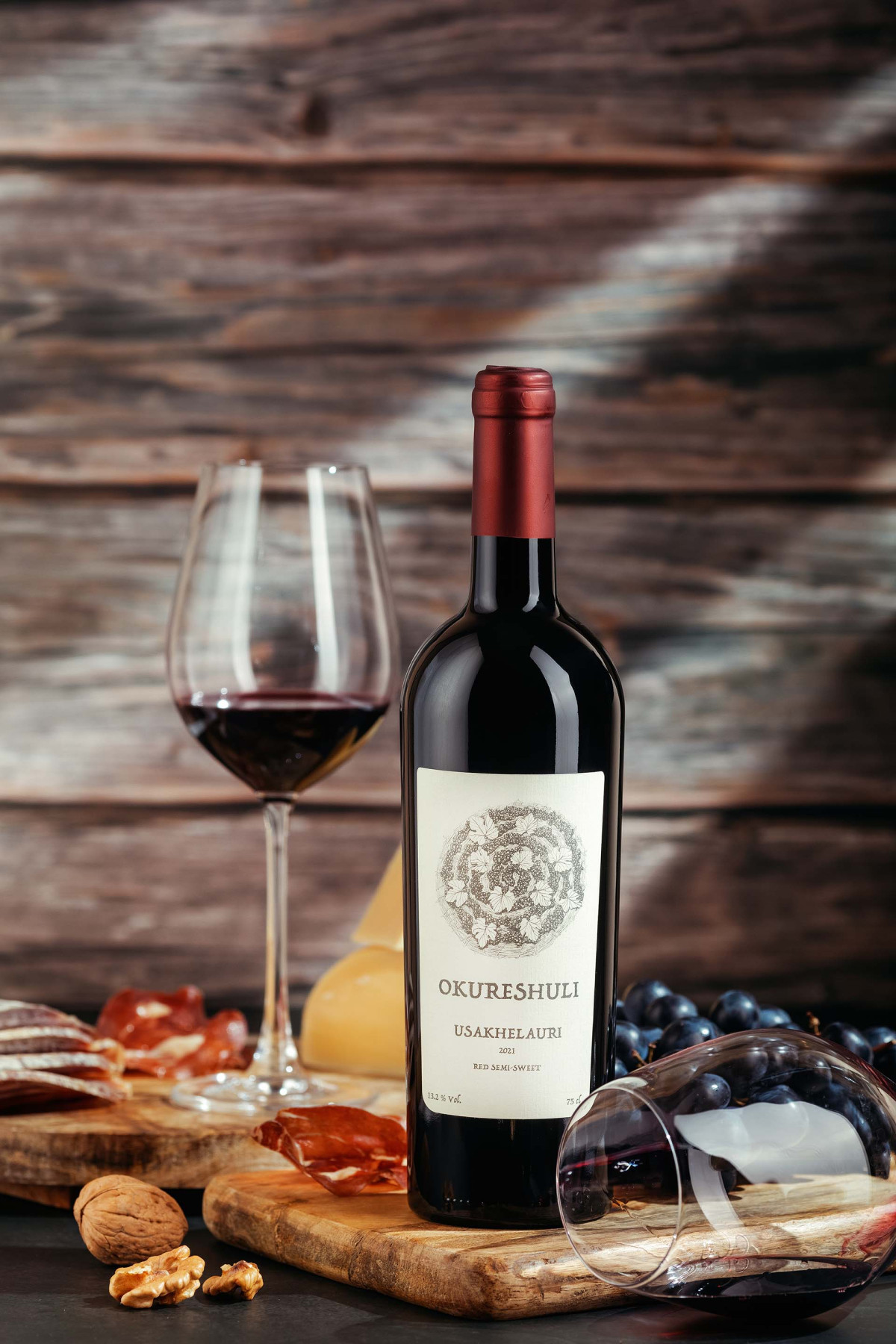
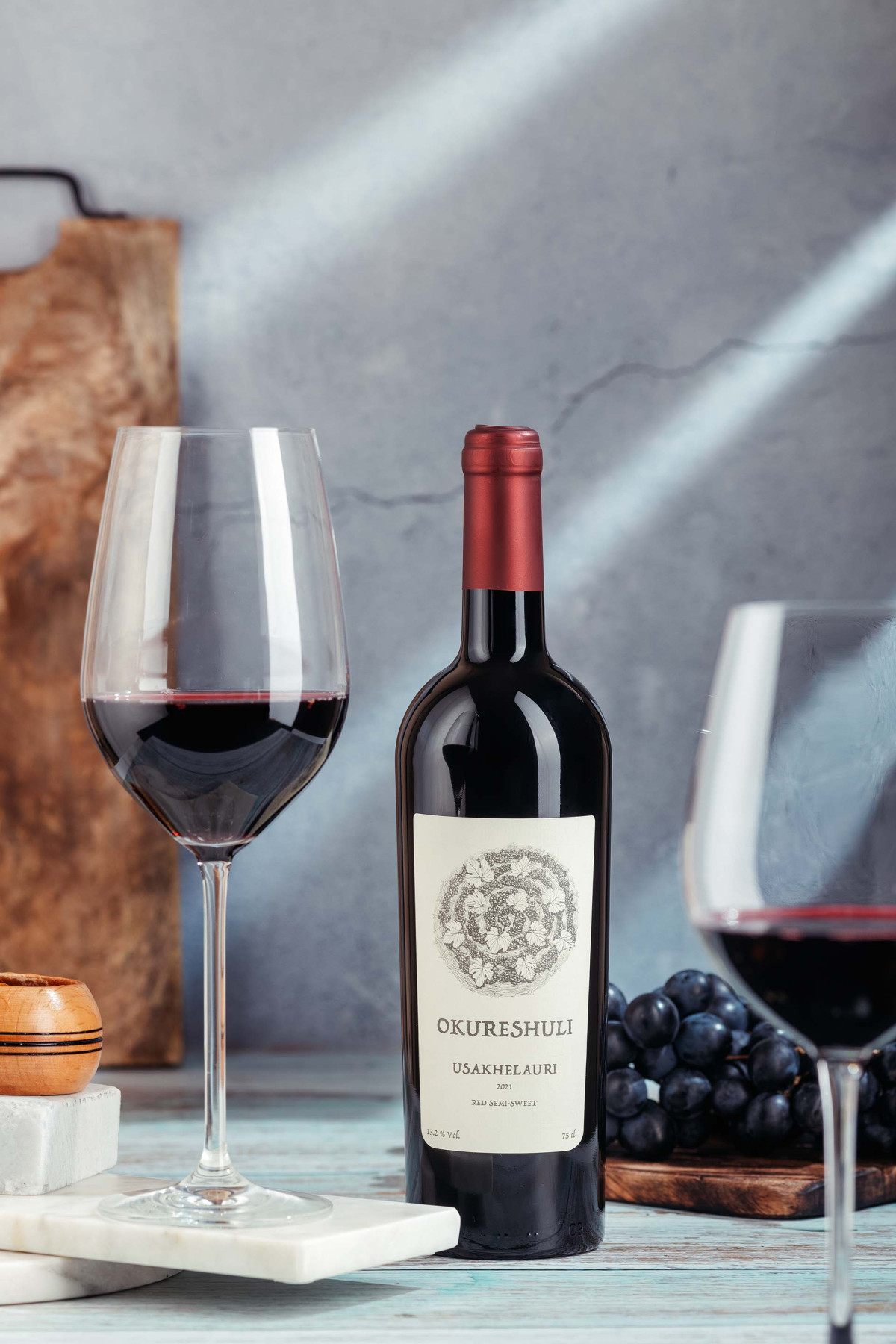
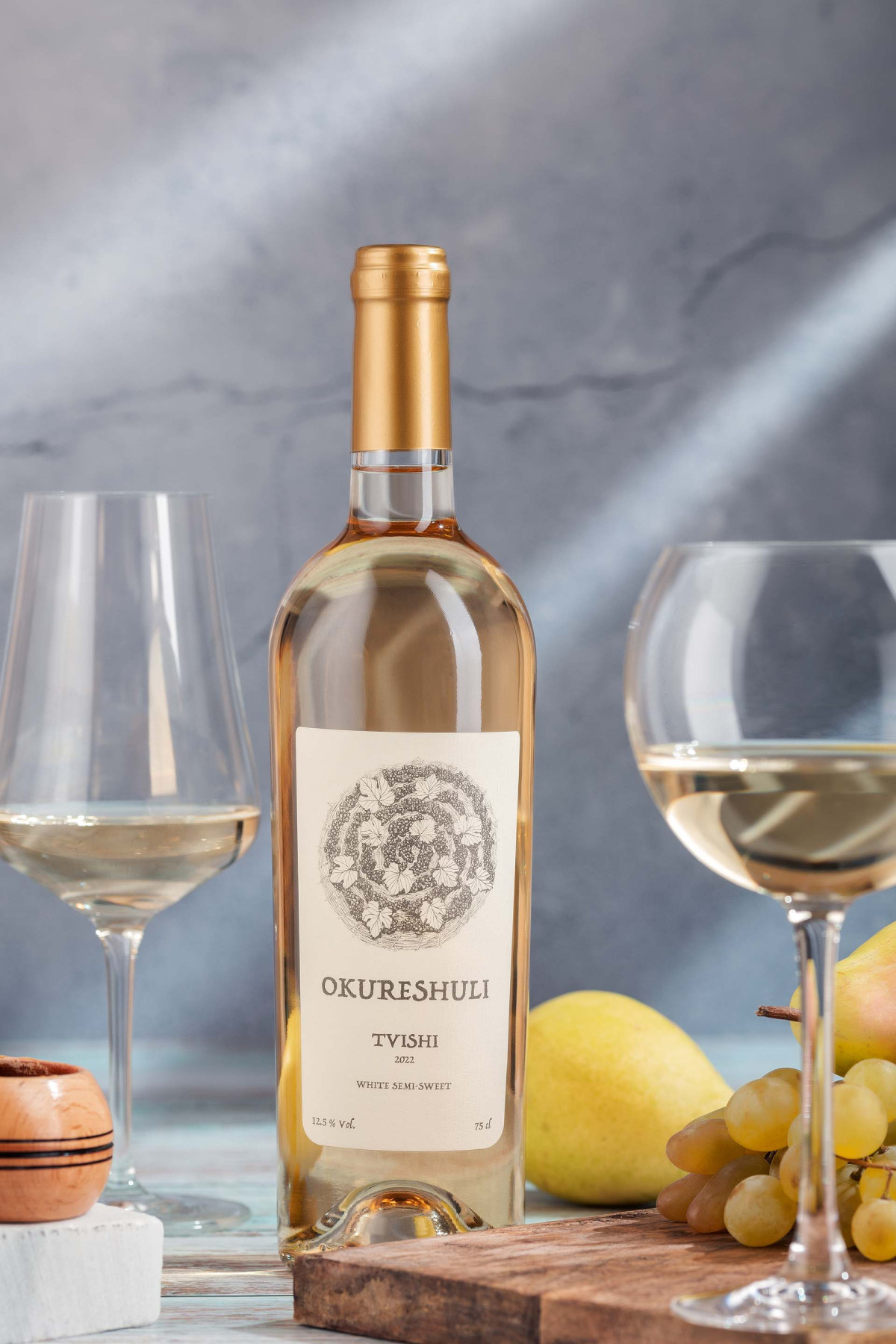
Regional Pairing: Often, traditional regional dishes pair exceptionally well with wines from the same region. It's a testament to how food and wine cultures have evolved together over centuries.
Remember, while these principles provide a guideline, the best pairings are often born out of experimentation. Trust your palate, and don’t be afraid to break the rules. After all, the joy of gastronomy lies in exploration and discovery.
Two grape varieties are dominating in Okureshis Ukhaleouri micro-zone: Usakhelouri and Tsolikouri. Wines produced from those grapes follow the general principles for food pairing.
Red dry Usakhelouri is the main treasure of Lechkhumi and, in accordance with all the above recommendations, it pairs perfectly with both the cuisine of the region and dishes from the international cuisine. It goes well with heavy red meats such as beef steak, roast lamb, game and barbecue. The wine also goes well with beans and dishes with nuts.
Semi-sweet Uzakhelouri is a dessert wine and goes well with sweets, dried fruit, nuts, almonds, pumpkin and roasted pumpkin. Wine can also go well with meats decorated with sweet sauces.
Semi-dry and semi-sweet wines made from Tsolikouri are characterized by a sweet taste and palatable acidity, it goes well with various types of light sweets, fruits and nuts.